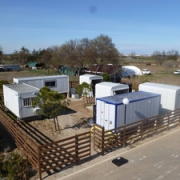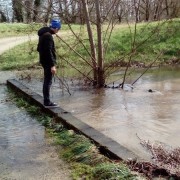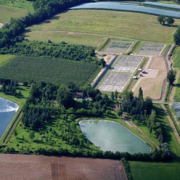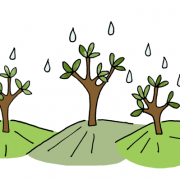Nowmma (Mauguio)
LOCATION
Mauguio (France) 43°36’02.3″N 4°01’01.9″E
TREATMENT TECHNOLOGIES
Treatment
Post treatement desinfection
TRANSPORT AND STORAGE
Transport and storage indicators:
WWTP/WRP capacity 24.000 population equivalent
Length of the network 150 m
8 m3
Direct reuse
Domestic WW
Confidential data but between A and C quality (french regulation) according to the treatment and the storage
Grid, sieving, defating/desanding, aerated activated sludge, lagoons
No numerical data available
Chlorination, sand filtration, ultra filtration and UV
No numerical data available
Storage capacity
Pilot projet – NOWMMA Maugio (France)
NOWMMA
R&D project that aims to develop and test wastewater treatment and irrigation chains adapted to wastewater reuse (irrigation and street cleaning)
3 irrigation points
MAIN COSTS
Explain which are the main costs specific to water reuse and how is their frequency (transport, additional treatment…)
Cost of the project (until putting into operation) 2,8 M€ over 3 years
BENEFITS
Environmental benefits
Economical benefits
Identify the most cost effective wastewater reuse chains (treatment and irrigation technologies) to match water quality and uses (irrigation, regulation,…)
Social benefits
DISADVANTATGES/LIMITS
High costs of treatment for the tested desinfection solutions
Main Costs indicators:
a) Investments
Energy expenses
Consumables expenses
Maintenance expenses
b) charges
Limit the TWW disposal (before desinfection) into a pond (“Etang de l’Or”)







